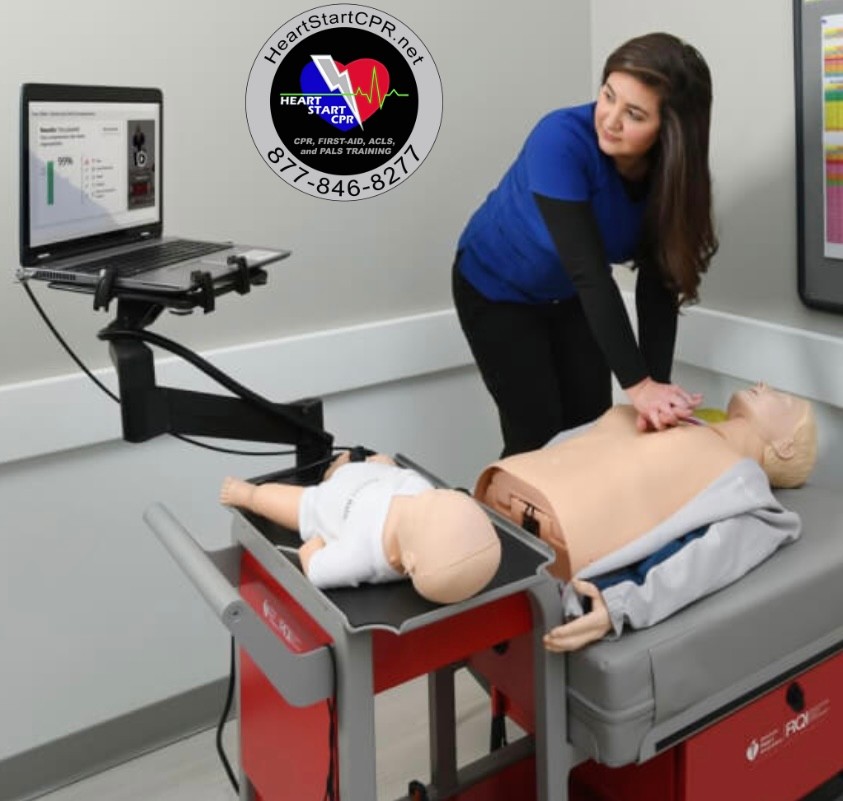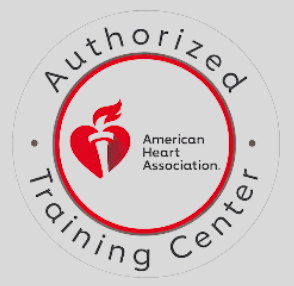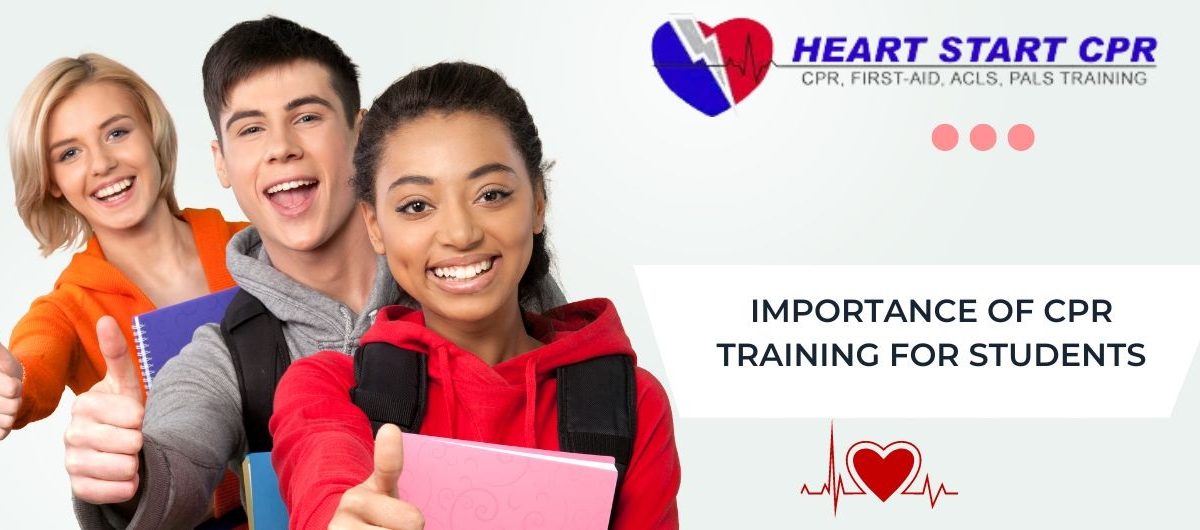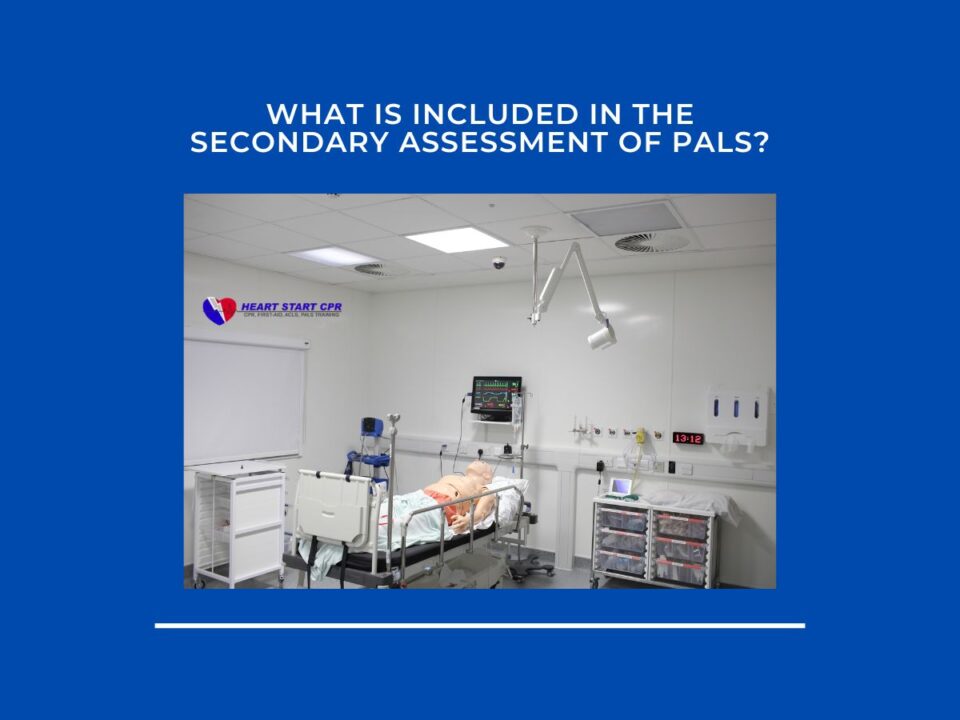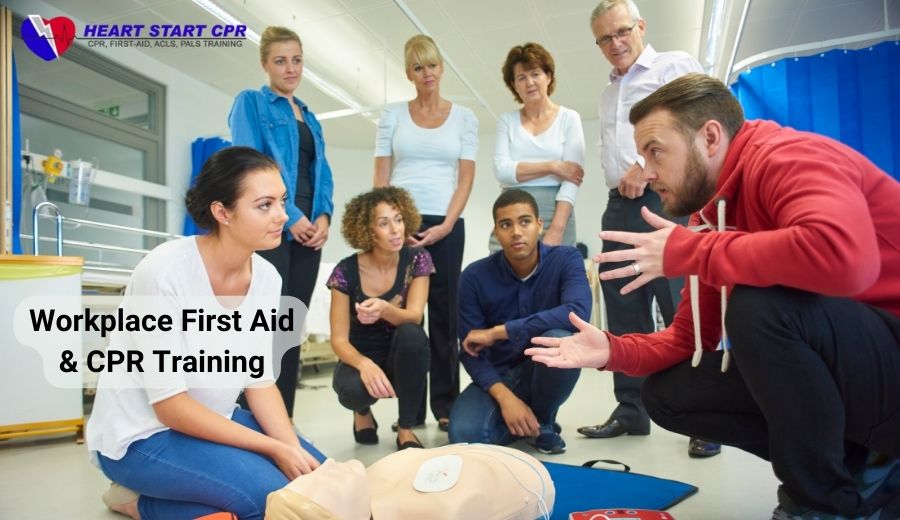
Why Workplace First Aid and CPR Training is Important?
January 19, 2023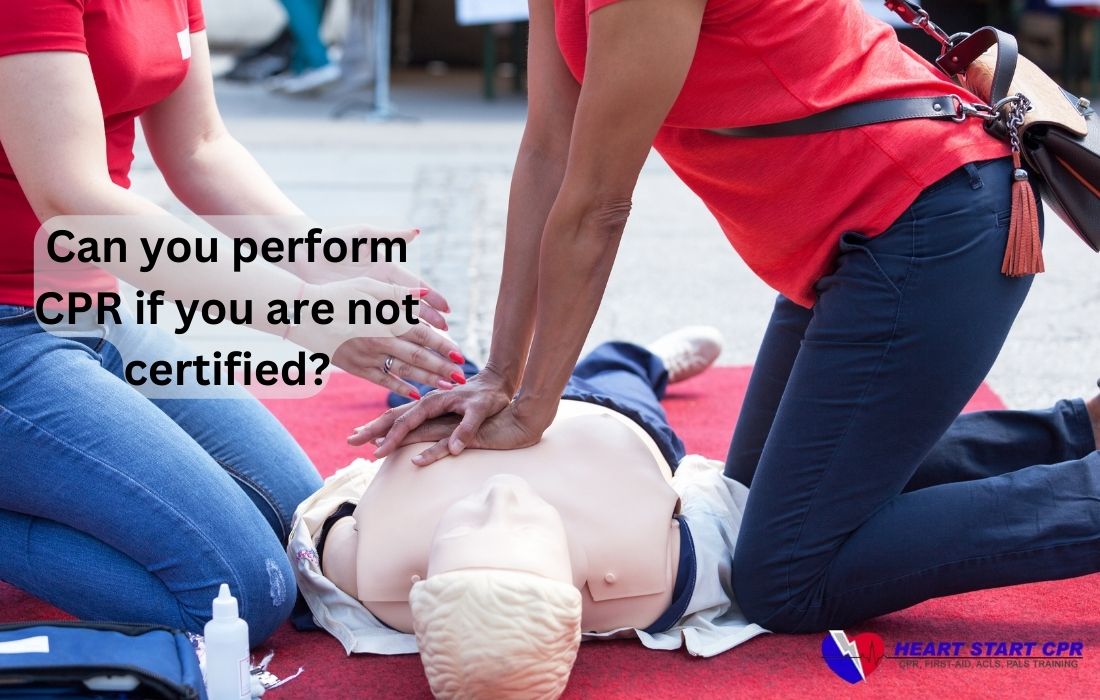
Can You Perform CPR If You Are Not Certified?
January 23, 2023Cardiopulmonary Resuscitation (CPR) is a Basic Life Support (BLS) technique that can revive a person whose heart has stopped beating. The ability to perform CPR means the difference between life and death in an emergency. The CPR training will equip high school students with the skills to save lives and empower them to take an active role in their communities and become responsible citizens.
The Mayo Clinic is advocating adding training in CPR in schools, which will add a significant advantage to students' life and teach them to help others and innovative techniques for saving lives. Cardiopulmonary resuscitation (CPR) training is required for high school graduation in 21 states, affecting more than one million high school students annually. Recently, the number of U.S. states that have started to do so has been fast growing. While students can opt out, this requires parental consent, resulting in most students receiving instruction in the basics of CPR and first aid.
How CPR Training Empowers Students
CPR in schools empowers students by teaching them how to respond to medical emergencies. According to the American Heart Association, the chances of survival decrease by 10% for every minute that passes without CPR. We are increasing the number of people who can provide life-saving assistance in an emergency by teaching students how to perform CPR. This is especially important in rural areas, where emergency responders may arrive slower.
CPR and first aid training also help students to develop critical thinking, problem-solving, and teamwork skills. CPR is a hands-on, practical skill requiring students to think critically and solve problems to save lives. It also requires teamwork and communication when multiple people perform CPR on the same person. These lifesaving skills will serve students well in their future careers, regardless of their chosen field. The Basic Life Support training can be attended online or onsite.
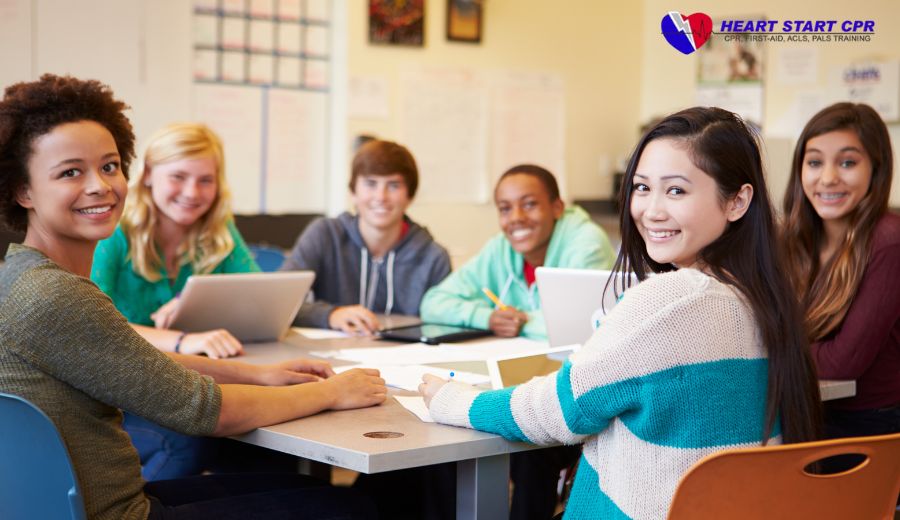
In addition, the training of CPR in schools can also serve as a community service. By teaching students how to perform CPR, we are creating a new generation of responsible citizens who can provide life-saving assistance in an emergency. This can help to make our communities safer and more prepared for emergencies.
CPR classes/training also helps students learn about heart health's importance. By learning about CPR, students will also learn about the heart's anatomy and how to recognize the signs of a heart attack. This knowledge can help students make healthier choices and be more aware of their heart health.
Benefits of CPR Training for School Students
Sudden cardiac arrests can happen anytime and anywhere. The chance of survival of a person having cardiac increases if he gets immediate medical attention. CPR (cardiopulmonary resuscitation) is a life-saving technique that can be used to revive someone who has gone into cardiac arrest. Teaching CPR at the school level comes with great benefits. The benefits of CPR training for high school students include:
Empowerment
By learning CPR in schools, students can feel confident in their ability to take action in an emergency, which can help them feel more in control and less likely to panic. This can also help them feel more self-assured and empowered to help others in need. CPR education also helps build confidence and responsibility among students. By learning CPR, students may feel more confident and responsible in emergencies, knowing they have the skills to help. This can also be empowering for youth, as they can take action to make a positive impact in their communities.
Preparedness
Knowing CPR can help students be prepared for any situation, whether in school, at home, or in their community. This can give them peace of mind and help them feel more secure. Educating CPR in schools promotes teamwork and communication. CPR is often performed in a group setting. Training can help students learn how to work together and communicate effectively in a crisis. CPR skill is important for students to develop and can be applied to other aspects of their lives.
Life-saving skill
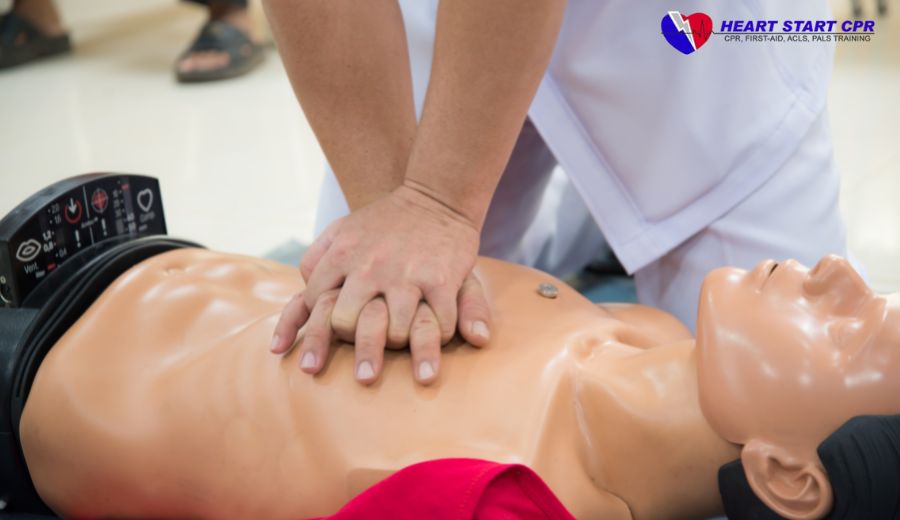
CPR is a critical lifesaving skill that can help save lives in an emergency. It can be the difference between life and death in a sudden cardiac arrest. Teaching CPR can give students the knowledge and skills they need to save a life in medical emergencies. The skill of CPR includes correct chest compressions, rescue breaths, handling situations calmly, etc.
Career opportunities
CPR certification is often a requirement for certain jobs, such as lifeguards, paramedics, and nurses. By learning CPR in high school, students can gain valuable skills to help them in their future careers.
Community service
Students can use their CPR knowledge to volunteer in their communities and help others in need. By volunteering, students can gain valuable experience and positively impact their communities. CPR education in high schools also makes the community safer. Training more people in CPR makes the community safer, as more individuals can respond in an emergency. Student CPR training programs can be especially important in rural or remote areas where emergency medical services may not be easily accessible.
Good citizenship
Teaching CPR can help students become responsible citizens and responsible members of the community. It can help them understand the importance of personal health and safety and develop a sense of responsibility for themselves and others.
Self-awareness and personal development
By learning CPR, students can learn about the importance of emotional health and safety and develop a sense of responsibility for themselves and others. This can also help students develop self-awareness, self-esteem, and self-confidence.
Teamwork
CPR is a skill that requires collaboration. By learning this skill, students can learn how to work in a team and communicate effectively
In conclusion, the importance of CPR and First Aid education in high schools are numerous and far-reaching. CPR education is essential to a well-rounded high school education, from increasing the chances of survival in an emergency to educating students about heart health to developing critical thinking, problem-solving, and teamwork skills. It is important that all high schools include CPR education in their curriculum and that it should be mandatory for all students. With the knowledge and skills of CPR in schools and high schools students will be better equipped to handle emergencies and become responsible citizens.
Mandatory CPR Training in Schools
Since 2018, many states have implemented mandatory CPR training in schools, requiring students to be trained in CPR before high school graduation. However, it is worth noting that not all states have adopted this requirement.
As of 2023, California and eight other states in the US still do not have mandatory CPR training in schools.
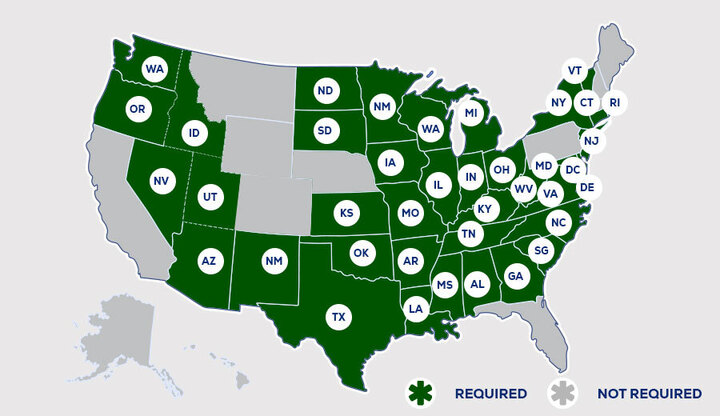
Despite these variations, CPR remains an essential skill that everyone should know of, as it can save lives in emergencies. However, for teachers, California has different rules.
CPR Training for Teachers
As of 2023 in California, the law mandates teachers to hold CPR certification. The California Commission on Teacher Credentialing mandates that teachers pass a CPR certification exam as part of their professional requirements. The presence of CPR-trained educators can be crucial as emergencies can happen in schools.
CPR in schools is not just about responding to a crisis—it also provides confidence to students and parents knowing their school is prepared. Some schools encourage CPR training, acknowledging that quick, knowledgeable responses to cardiac emergencies can save lives.
Including CPR in schools' safety protocols serves a dual purpose, making schools safer and equipping teachers with valuable skills. Here is a map of states that mandates CPR training for teachers.
Sign Up for Heart Start CPR's High School Student CPR Training Today!

Are you a high school student looking to make a difference in your community and gain valuable life-saving skills? Look no further! Sign up for our CPR training class today and empower yourself with the knowledge and skills to save a life in an emergency. By learning CPR, you will be prepared for any situation in school, at home, or in your community. Not only will you be able to make a positive impact in your community by volunteering, but you will also gain valuable career skills often required for certain jobs, such as lifeguards, paramedics, and nurses. Take advantage of this opportunity to become a responsible citizen and member of your community. We also offer Onsite training for groups. Sign up for our classroom Basic Life Support training class now!

